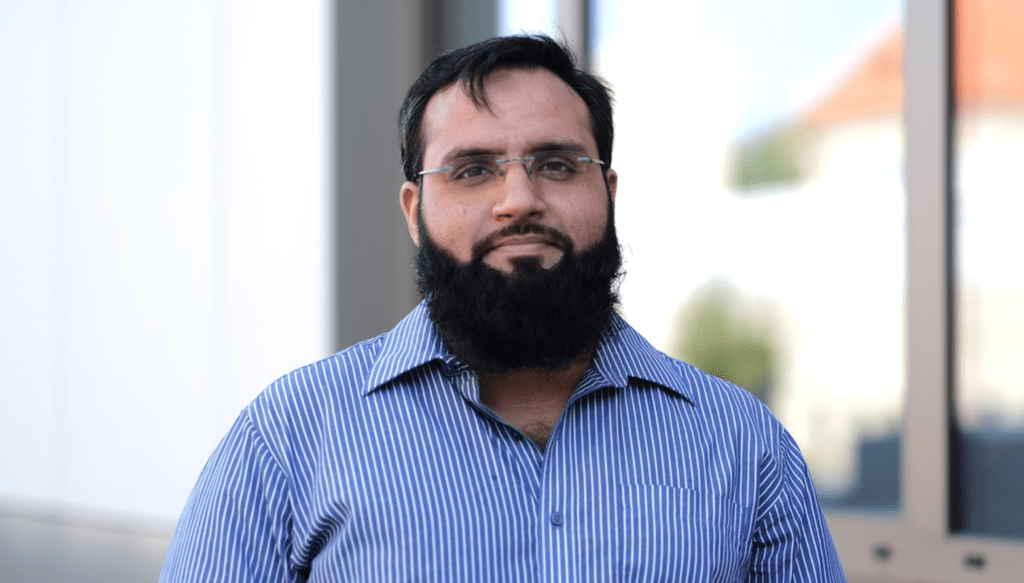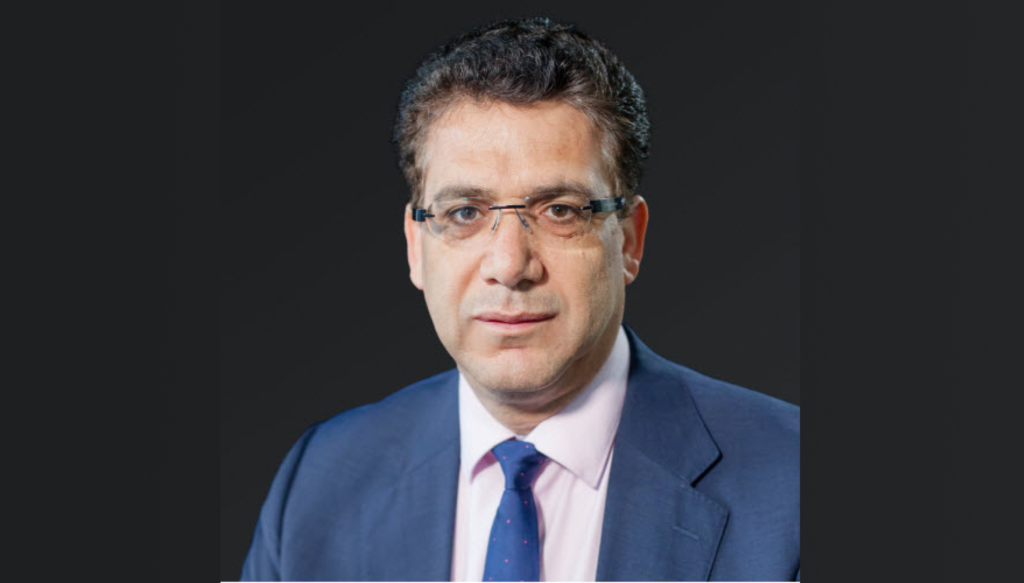Projects Overview A3/II Sustainable mineral-bonded composites for structural impact safety – material design and application technology
A3/II Sustainable mineral-bonded composites for structural impact safety – material design and application technology

Left to right: Structure and sensor development for reinforcing elements that are based on continuous fibers and suitable for impact scenarios; impact testing technology
Contributors

© Tin Trong Dinh
Doctoral Researcher
(2020-2023)
Mirza Abdul Basit Beigh, M.Sc.
Institute of Construction Materials
TU Dresden
Georg-Schumann-Straße 7
01187 Dresden
Germany

Principal Investigator
Univ.-Prof. Dr.-Ing. Viktor Mechtcherine
Institute of Construction Materials
Von-Mises-Bau, 3rd Floor, Room 315A Georg-Schumann-Straße 7
01187 Dresden
Germany
- Mechtcherine@tu-dresden.de
- Institute
- +49 351 463 36311
- +49 351 463 37268

Principal Investigator
Prof. Dr. Edeltraud Günther
Institute of Construction Materials
Von-Mises-Bau (VMB), Room 101A Georg-Schumann-Straße 7
01187 Dresden
Germany
- edeltraud.guenther@tu-dresden.de
- Institute
- +49 351 463 34313
- +49 351 463 37764

in cooperation with
Univ.-Prof. Dr.-Ing. habil. Dipl.-Wirt. Ing. Chokri Cherif
Institute of Textile Machinery and High
Performance Material Technology (ITM)
Hohe Straße 6, Room 138
01069 Dresden
Germany
- chokri.cherif@tu-dresden.de
- Institute
- +49 351 463 39300
- +49 351 463 39301

